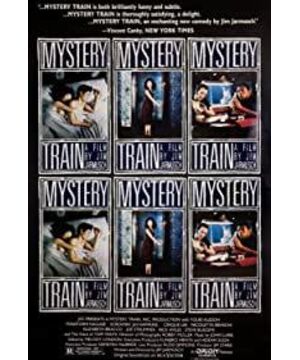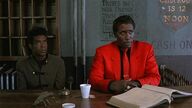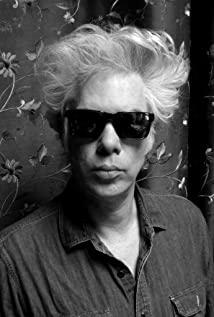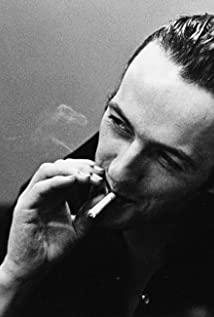After watching the movie, I remembered the classic "This is the best of times and the worst of times", but here it should be replaced with "This is the best city and the worst city"
The film tells three stories that happened in Memphis. Just like the title, the train is a clue to the film, connecting three groups of characters. The hotel and Elvis are also important clues in the film.
Elvis is undoubtedly the symbol of the city, or the king here. To Japanese lovers he was a pilgrim-worthy icon; to Roman women he was a fairy-tale superstar, even if ghosts appeared; but to Elvis-like-looking men he was merely a symbol of boredom.
But they all have one thing in common. They all count as foreigners, whether they come from Japan, Italy, England... They come from thousands of miles to the city and then leave in a hurry. I think outsiders can look at a city more comprehensively. They don’t need to care about family factors and native ties, and they can see the good and bad of the city based on their own experiences.
Memphis, a great city where legendary stars like Elvis Presley was born, is also full of dilapidated buildings, ill-intentioned drivers, street vendors who fool around to buy magazines, and a group of lost and unemployed people. There's always a good side and a bad side to the city, Memphis, and other cities as well. Every day, people step on the train and enter the city, but others leave with goodbye. But it doesn't matter, the story goes on and on, like the gunshot in the hotel, it's just a scratch and a moan.
View more about Mystery Train reviews











